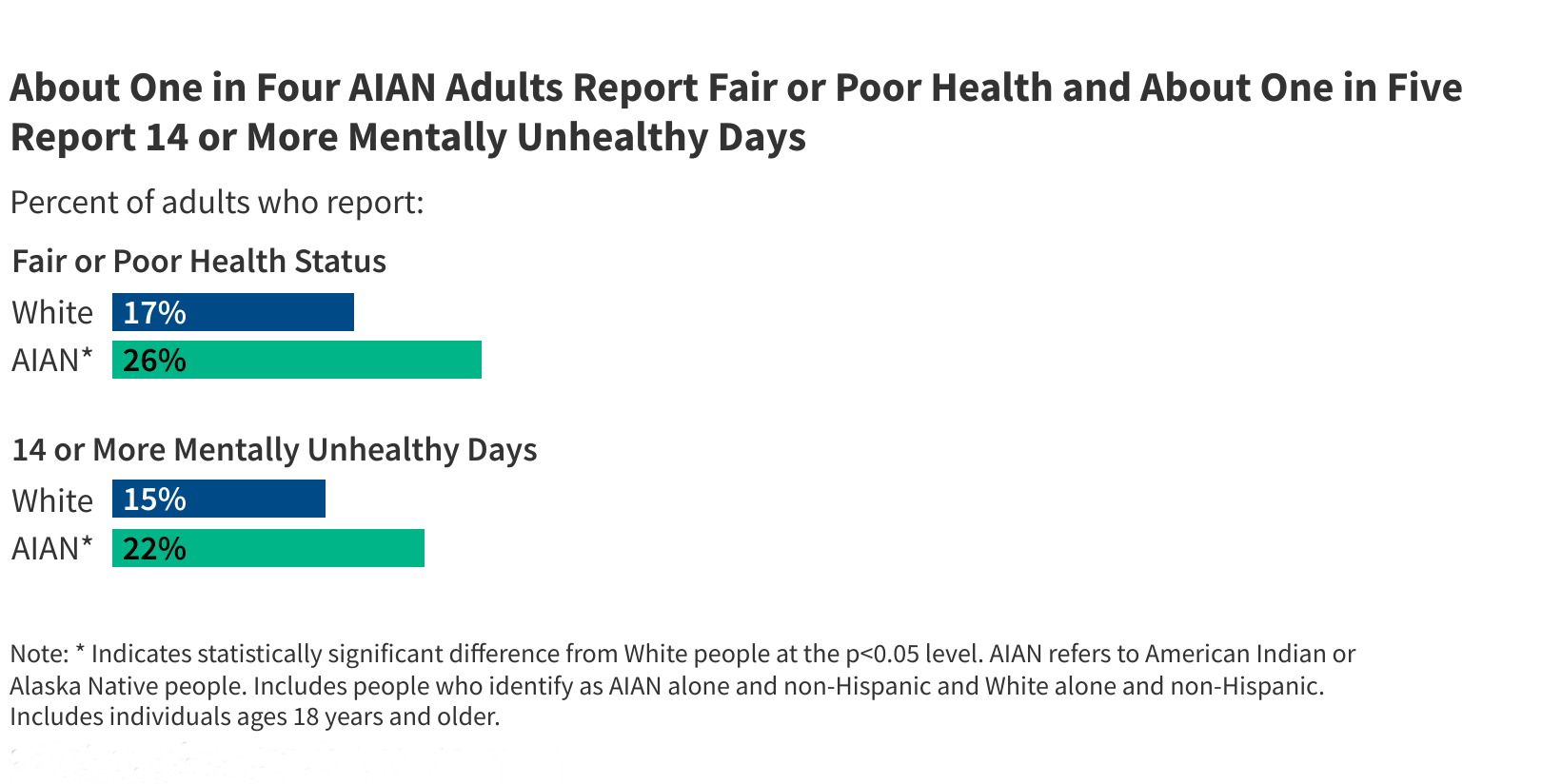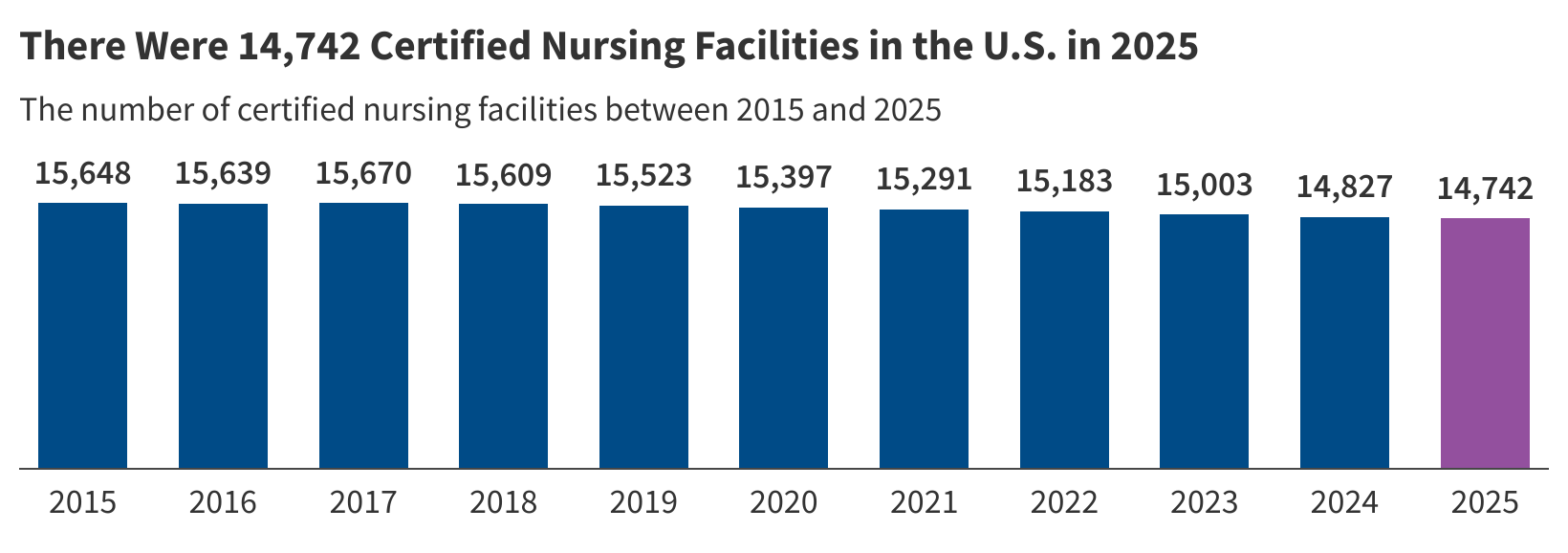Publicizing its availability, making enrollment automatic, and ensuring easy access for state auto-IRA participants are the keys to success.
I have always been a great fan of providing a government match on the retirement savings for low- and middle-income workers. These workers, who pay very little in income taxes, gain virtually nothing from the tax preferences accorded retirement saving and can afford to put aside only modest amounts. Indeed, the inclusion of a new Saver’s Match was one of the few redeeming features of SECURE 2.0.
So, I’m delighted that a recent study from Morningstar provides some estimates about the possible impact of the Saver’s Match on retirement wealth. Nevertheless, I remain uneasy about how this new provision is actually going to work.
Under the new program, beginning in 2027, the government will provide eligible taxpayers a 50-percent match on the first $2,000 of contributions to a retirement plan. Eligibility is based on household income. Single taxpayers with $20,500 or less qualify for the full match, and the match phases out at $35,500. For couples, the comparable numbers are $41,000 for the full match, with the match phased out at $71,000.
The Saver’s Match replaces the Saver’s Credit program, which has generally been viewed as a failure – less than 6 percent of taxpayers claimed the credit in 2021. The major problem was that the credit was non-refundable, which means that it could only be used to reduce the taxpayer’s income tax liability. And, the interaction with the Child Tax Credit meant that the Saver’s Credit was often not fully usable for taxpayers with children. On top of those limitations, most workers were simply unaware of the program.
The new Saver’s Match attempts to address these problems. Most importantly, the match is refundable. That is, the legislation changes it from a credit used to reduce a liability to a government matching contribution deposited into the taxpayer’s retirement plan. In addition, the legislation includes some funds for Treasury to increase public awareness about the availability of the program.
As one would expect, and the estimates from the Morningstar study confirm, the Saver’s Match could have a meaningful impact on retirement wealth at 65 for Gen Z and Millennial workers – those who will spend a major part of their work lives under the new program. The analysis is done under four behavioral scenarios:
- No Behavioral Changes: The match is only used by low-to-moderate income savers who are already predicted to save in a retirement plan.
- New Savers: Individuals who do not save under the baseline will start saving due to the incentive created by the Saver’s Match. The responses are based on a 2024 survey that asked respondents – not already saving – the likelihood that they would start saving.
- New Savers and Active Savers Save More: In addition to assuming that new savers enter (Scenario 2), this scenario assumes that active savers increase their saving to get the full match. Again, the likelihood is based on the 2024 survey.
- Higher Probability of New Savers and Active Savers Saving More: This scenario increases the probabilities assumed in Scenario 3.
The results show that, depending on the behavioral response, the Saver’s Match could increase retirement wealth at 65 for Gen Z and Millennials by 8 to 12 percent (see Figure 1).
Despite these encouraging results, I continue to worry about the mechanics. How is the government going to know where to send the match, and how will it move funds mechanically? And how is the Saver’s Match – which is a pre-tax contribution – going to mesh with Roth accounts, which are for post-tax contributions? Since Roths are currently used in state auto-IRA programs, the states will need to ensure that workers have access to a separate traditional account for receiving the Saver’s Match. So far, they appear to be stepping up, but the withdrawal process may still be hard for workers to understand. For example, how to explain to people that they can withdraw their own contributions to a Roth tax-free immediately, the earnings on those contributions tax-free after five years if they are age 59½, and their taxable Saver’s Match contributions at 59½?
So, while it’s nice to have some idea about the impact of the Saver’s Match, I would feel much better if I understood how this thing is actually going to work. Like every successful program, the Saver’s Match needs to be easy and automatic. The amounts are modest, so participants should not be penalized for a mistake. And someone smarter than me can figure out a clear way to explain the withdrawal options. The Saver’s Match is a wonderful step forward, let’s make it work.
Publisher: Source link










